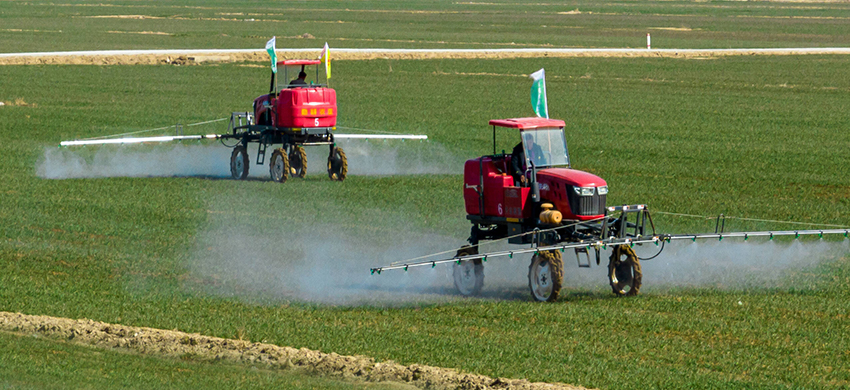Blog

Upgrading agricultural mechanization hinges on filling the gaps.
The 13th Five-Year Plan period marks a critical transition from traditional to modern agriculture, an accelerated window of opportunity for mechanization, and the “tackle-expand-upgrade” phase of supply-side structural reform in the sector. At the National Agricultural Mechanization Work Conference held on 19 January, participants stressed the need to seize the moment and ride the momentum to speedily create an upgraded version of China’s agricultural mechanization. To that end, this edition summarizes the overall thinking, main goals, pathways and methods for mechanization development during the 13th Five-Year Plan, outlines the priority tasks for 2016—the plan’s inaugural year—and spotlights the recent achievements and experiences of Hunan and Jiangxi provinces for reference and broader application.
The conference noted that during the 12th Five-Year Plan, China’s farm-machinery stock, operational capacity, technological level and socialized service provision all rose at an unprecedented pace. Agricultural mechanization became a standout feature of agricultural modernization in that period, making a major contribution to sustaining grain output and keeping the rural economy on an upward trajectory.
Standing at a new historical starting point and confronted with comprehensive, urgent demand, we must remain soberly aware that mechanization in China still faces many imbalances, inconsistencies and sustainability problems. Insufficient effective supply of equipment, technology, policies and services is becoming more pronounced; many links in the chain are still marked by low-level, extensive development. These shortcomings now deeply constrain the full functioning of mechanization and threaten its longer-term momentum.
The meeting emphasized that the guiding principle and overarching goal for mechanization during the 13th Five-Year Plan is to fully implement the spirit of the Fifth Plenary Session of the 18th CPC Central Committee. Guided by both target-oriented and problem-oriented thinking, and benchmarked against the requirements of modern agriculture, we must focus on weak links and lagging regions. Centering on the five new development concepts—innovation, coordination, green development, openness and shared benefits—we will transform the sector so that equipment, service organizations and operational capacity all advance toward a balance of quantity, quality and efficiency. The aim is to promote full-process, comprehensive, high-quality and highly efficient agricultural mechanization.
